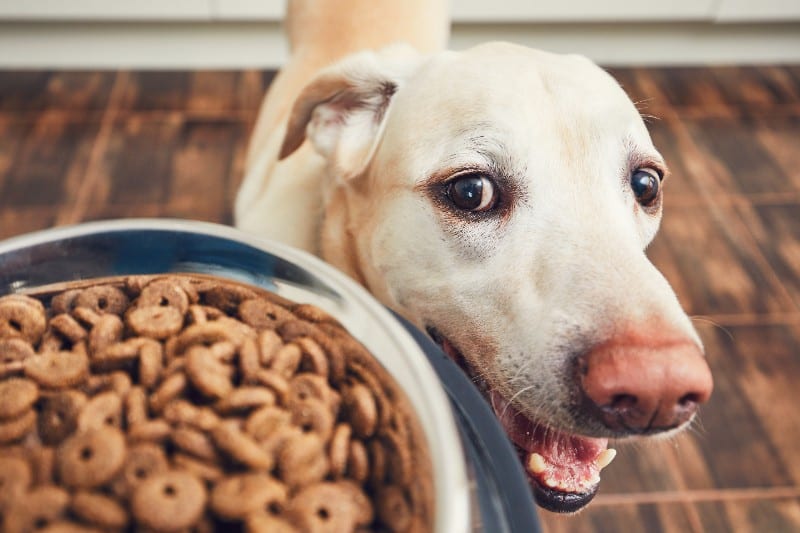Size Matters: The Truth About Pet Food Portions

While sticking to healthy pet food portions may sound easy, it can be more difficult than some owners anticipate. Many pets beg for food, and lots of people give in as a way to show their furry best friend affection. For others, it may seem really boring to feed their pet the same food at the same time every day. However, not only is it important to establish a routine for your pet, but feeding them the right type and quantity of food each day can increase their lifespan and quality of life.
Just Right
If you feed a pet too little, they may suffer from nutritional deficiencies. Too much food, and they can gain unnecessary weight. The health risks associated with even a few extra pounds include:
- Osteoarthritis
- Intervertebral disc disease
- Cruciate ligament ruptures
- Congestive heart failure
- Cushing’s disease
- Skin disorders
- Some types of cancers
Keeping your cat or dog trim and fit is the best way to prevent these medical conditions, but how should pet owners go about determining exact pet food portions?
A Fine Figure
Dog breeds are split up by size: toy, small, medium, large, and giant. Take a look at the body conditioning system to determine where your pet is currently and where they should be.
A cat or dog at their ideal weight has minimal fat. You can easily feel their ribs, and they have a tucked abdomen and clearly defined waist when assessed from above.
Recommended Daily Feeding
Each pet is unique and requires their own nutritional plan. We take into consideration breed, age, lifestyle, size, and how much physical exertion your pet enjoys on a daily basis. Assessing the type of food (dry vs. wet), how many times they eat every day, and their metabolic rate also factors into the equation.
Free-feeding is not a recommended approach to pet nutrition, and it can quickly lead to overeating.
Labels Matter
Pet food labels have a great deal of information, and much of it can be confusing. Recommended daily feeding amounts are usually based on two meals a day. Depending on your pet’s weight (or target weight), the daily food amount should be divided. Check out the dog food calculator for specific numbers. For example, pet food portions for a 30-pound dog are up to 1 ¾ cups daily, divided by two.
The amount for cats is also based on weight. Typically, dry food portions for a 10-pound cat are up to ½ cup every day. Again, exact measurements are determined by various factors, so we encourage you to schedule a wellness exam to address your pet’s individual nutritional needs.
Pet Food Portions
The bottom line is that your pet should receive a high-quality diet with balanced nutrition and daily opportunities for exercise and play.If you’d like additional help determining what and how much to feed your pet, please let us know!
Share This Article
About
Schertz Animal Hospital
Since 1976, Schertz Animal Hospital has offered the greater San Antonio area outstanding pet care. Our state-of-the-art animal hospital in Schertz, TX compliments our stress-free handling and experienced veterinary staff. Make an appointment online or give us a call at (210) 659-0345 today!
